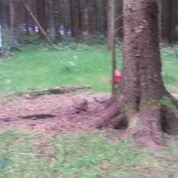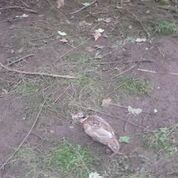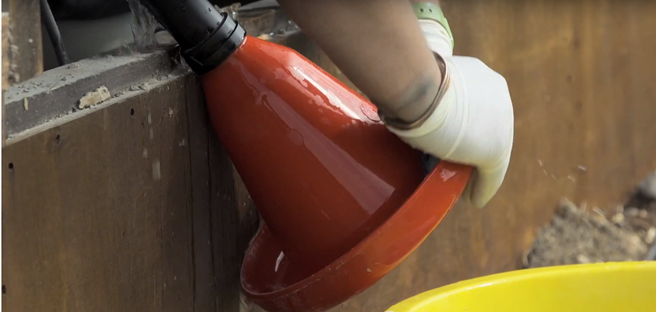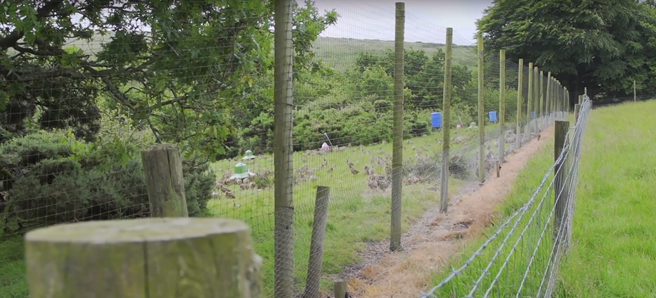Pheasant ataxia is caused by an unknown virus, and is a relatively new phenomenon that has only been described in the last couple of decades. It is a sporadic condition, which is now rare and causes incoordination and ataxia in pheasant poults from seven weeks of age onwards.
Affected birds show neurological signs, starting with leg weakness which can lead to paralysis and recumbence. Usually, only a few birds are affected, but for those unfortunate birds there is no treatment. Due to the nervous signs, Newcastle Disease (which is one of the two notifiable diseases in gamebirds) should be ruled out.
Clinical Signs
Pheasants show varying degrees of ataxia and uncoordinated movement. In severe cases, birds can't get up although often their heads will remain upright and the bird will be alert. Early signs are unbalanced birds with their wings spread out in an attempt to remain upright.




Post Mortem Findings
Post mortem findings are unremarkable for Pheasant Ataxia. No significant bacteria are isolated consistently from brain tissue and no lesions are usually recorded in peripheral neural tissue. Lesions are rare in other tissues.
Diagnosis
Diagnosis of Pheasant Ataxia is by post mortem and histopathology. When examined down the microscope there is inflammation of the brain and spinal cord. The part of the brain most commonly affected is the cerebellum and this controls balance.
Treatment and Control
There is no treatment available nor are there preventative methods for control of Pheasant Ataxia and affected birds should be culled humanely on welfare grounds.
Biosecurity
Biosecurity is not something to be done half-heartedly, doing so will only leave you with an increased risk of disease transfer and other challenges.
Strong biosecurity measures
First of all, you need to be cleaning and disinfecting equipment (houses, pens, drinkers, feeders, quad bikes and vehicles) using the 3D’s Protocol – Drench – Detergent – Disinfectant. Make sure you clean water systems thoroughly, using a hydrogen peroxide based cleaner to remove all organic biofilm and algae.

Strong biosecurity reduces disease
Foot dips are a great way to prevent disease being spread via the bottom of shoes, they need to be covered and changed regularly, and should be available when entering into different areas. Making visitors sign in when they are accessing various sites will leave you with a written footprint in case of disease contamination. Before driving onto sites vehicles should be sprayed to disinfectant the wheels using a portable sprayer.
Strong husbandry measures
Release pens are all about space – roughly 1/3 shelter, 1/3 sun and 1/3 roosting. Stocking density is just as important, the correct feed, the correct amount of water, the quality of water and managing the site correctly makes all the difference.

Perimeter fencing to ensure maximum space
A good worming programme and thinking about where drinkers and feeders are placed all aid to the health and growth of the birds.

Well placed drinkers and feeders are of utmost importance





